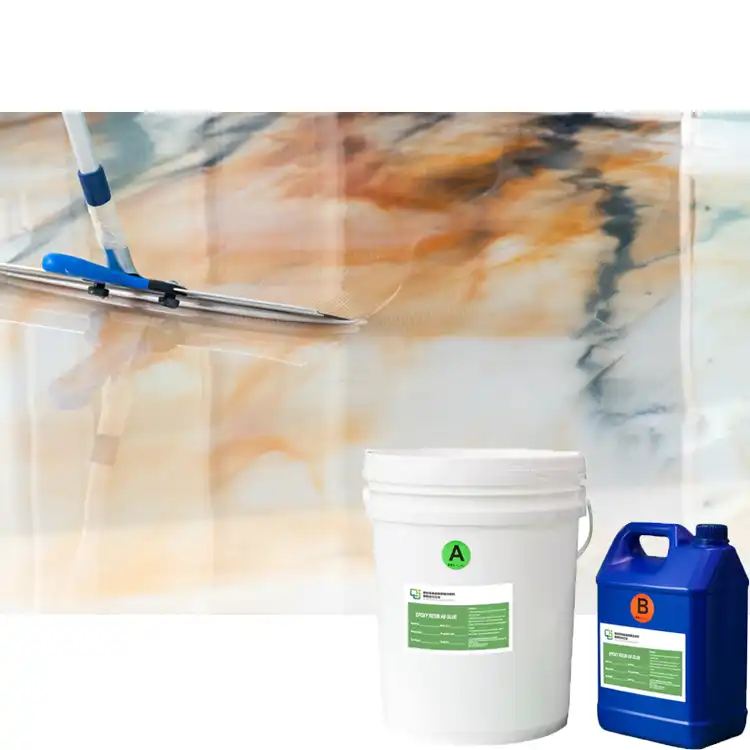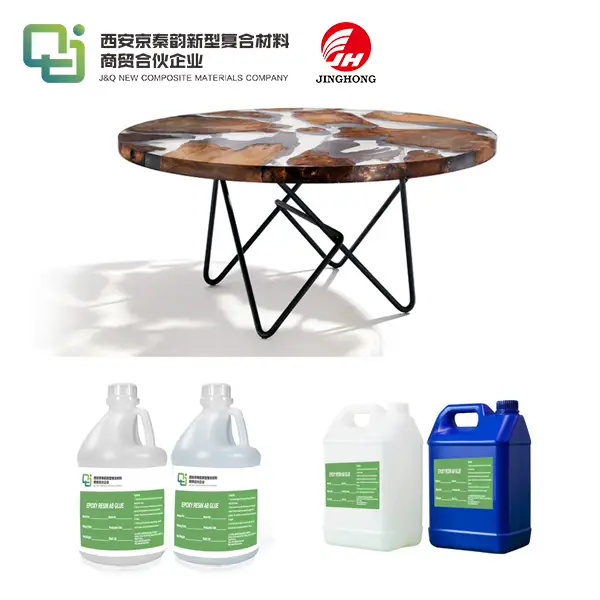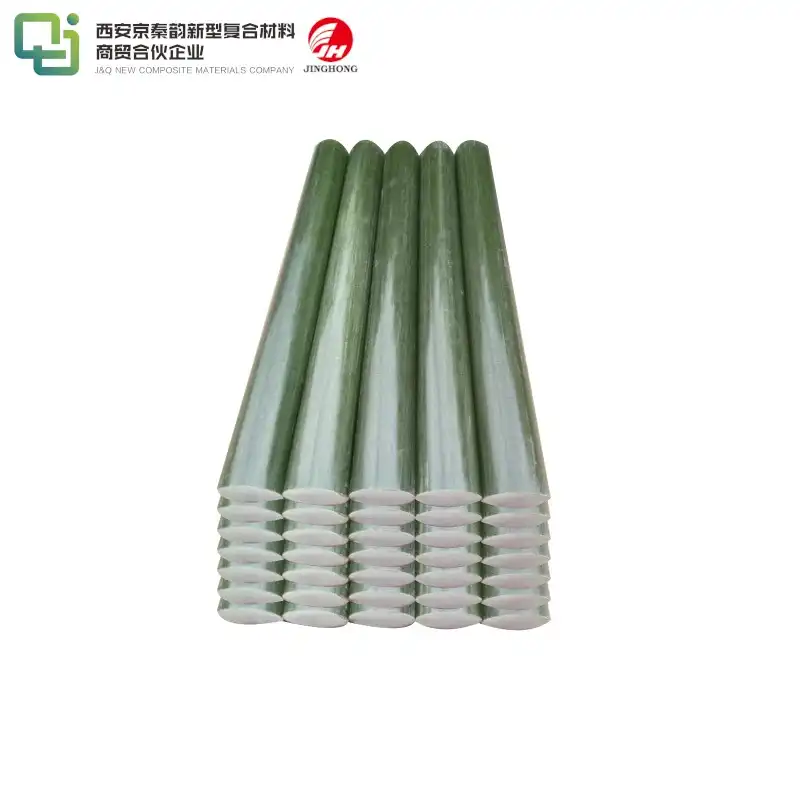Can FR4 be recycled?
2024-07-30 17:16:55
FR4 epoxy, a commonly used material in printed circuit boards (PCBs), plays a crucial role in modern electronics due to its excellent electrical and mechanical properties. Nonetheless, worries about its ecological effect and recyclability have provoked inquiries concerning whether FR4 can be successfully reused. In this article, we investigate the sythesis of FR4, techniques for removal, and its ecological ramifications to address the inquiry: can FR4 be recycled?
What is FR4 made of?
FR4 Epoxy Board, also known as Flame Retardant 4, is a composite material composed of several key components:
Fiberglass Cloth: The fiberglass cloth, which is the material's foundational layer, is at its center in FR4. The fine strands of glass fibers, which are renowned for their high tensile strength and durability, are used to weave fiberglass cloth. The material is extremely resistant to warping and bending under stress thanks to the woven structure's mechanical stability and robustness. Additionally, the fiberglass cloth maintains its structural integrity across a wide temperature range, which is essential for the electronic applications' need for thermal stability. The interlocking example of the woven strands additionally upgrades the layered dependability of the FR4 cover, guaranteeing that it stays level and steady during the assembling system and in end-use situations.
Epoxy Resin: Epoxy resin, which acts as a binding agent and solidifies to form a rigid matrix, covers the fiberglass cloth. Epoxy pitches are known for their great cement properties, compound obstruction, and electrical protection abilities. Epoxy resin makes a strong and long-lasting composite material when combined with fiberglass cloth. In addition to ensuring a smooth, uniform surface for the subsequent application of copper foil and other PCB layers, this resin also serves to hold the fiberglass layers together. The epoxy resin cures into a hard, thermoset plastic that can withstand the harsh PCB manufacturing and operation conditions. The curing process typically involves heat.
Fillers and Additives: To additional upgrade the properties of FR4, different fillers and added substances are integrated into the epoxy gum. These substances are added to further develop explicit attributes like fire retardancy, warm opposition, and generally speaking attachment. Flame retardants are especially important because they make sure that the material meets safety standards and stops fire from spreading if there is an electrical problem. The FR4 laminate is able to withstand higher operating temperatures without deteriorating thanks to thermal resistance additives, which are essential for maintaining electronic devices' performance and dependability. Adhesion promoters can also be used to strengthen the bond between the epoxy resin and the fiberglass cloth, as well as between the FR4 substrate and other materials used to make PCBs.
Together, these components create a laminate material that meets stringent requirements for electrical insulation and durability in electronic applications.

How is FR4 disposed of?
Disposal of FR4-based materials is primarily managed through several methods:
Reuse and Repurposing: Reusing and reusing materials is one of the main ways to get rid of FR4-based materials. By discovering new uses for boards that are either completely or partially intact, this strategy aims to extend the lifecycle of printed circuit boards (PCBs). Rather than disposing of these materials, they can be analyzed and tried to decide their suitability for reuse in less basic applications or as extra parts. For example, PCBs that at this point not meet the severe prerequisites of elite execution hardware could in any case work sufficiently in less complex gadgets or instructive packs. Not only does this practice cut down on waste, but it also saves energy and resources that would otherwise be used to make new boards. Besides, reusing FR4 epoxy materials limits the natural impression related with electronic waste (e-squander), as it defers the passage of these materials into the waste stream.
Shredding and Separation: End-of-life FR4 PCBs normally go through destroying cycles to isolate the fiberglass from the gum framework. The PCBs are broken down into smaller pieces by this mechanical shredding, making it easier to separate them later. Methods like mechanical grinding, which reduces the PCBs into smaller pieces, are examples of separation techniques. Then, at that point, through procedures like thickness division or air arrangement, the fiberglass can be isolated from the tar and metal parts. This division is vital in light of the fact that it considers expected reusing of the fiberglass and recuperation of significant metals like copper, which can then be reused in assembling processes.
Incineration and Energy Recovery: FR4 materials might be burned in energy-recuperating offices while reusing is neither achievable nor practical. In controlled environments at high temperatures, the materials are burned through incineration. Heat from combustion can be used to produce steam or electricity, which can offset other energy requirements. In any case, to diminish hurtful outflows of dioxins and furans, this technique should consent to severe natural guidelines. The incineration byproducts and residual ash must be carefully managed to prevent environmental contamination.
Efforts are continually being made to improve the efficiency and sustainability of FR4 disposal methods, focusing on reducing environmental impact and maximizing resource recovery.
Is FR4 environmentally friendly?
The environmental impact of FR4 Epoxy Board stems from its production, use, and disposal:
Production Stage: Chemicals and energy-intensive processes are used in the production of FR4, which has an impact on the environment. The development of fiberglass-supported epoxy overlays, the center material of FR4, requires significant energy input and the arrival of emanations. Furthermore, the compound cycles engaged with making FR4 can bring about the age of unsafe side-effects, influencing air and water quality. The exploration of alternative materials with smaller environmental footprints and the development of production techniques that use less energy are two efforts to reduce these effects on the environment.
Use Phase: During its functional life, FR4 is broadly utilized in electronic gadgets as a substrate for printed circuit sheets (PCBs). These printed circuit boards play a crucial role in the operation of numerous electronic products when they are in use. Notwithstanding, when these gadgets arrive at the finish of their usable life, they add to the developing issue of electronic waste (e-squander). Due to the difficulty of recycling and the presence of hazardous materials, e-waste presents significant environmental challenges and is one of the waste streams that is growing at the fastest rate worldwide. FR4 PCBs, being non-biodegradable, add to this issue, making the administration of e-squander a basic worry for natural supportability.
Disposal and Recycling: To decrease their effect on the climate, FR4 materials should be reused and discarded in the correct manner. If FR4 PCBs end up in landfills, there is a possibility that hazardous substances will be leached into the environment. Diminishing waste from landfills and saving assets through material recuperation make reusing a harmless to the ecosystem choice. Innovative division methods and productive recovery processes for FR4 parts, for example, offer promising avenues for limiting the ecological impact of FR4 throughout its lifecycle.
Endeavors to upgrade the maintainability of FR4 remember headways for reusing innovations, advancement of eco-accommodating tar frameworks, and drives to advance capable e-squander the board rehearses all around the world.
In conclusion, while FR4 PCBs are not inherently biodegradable, efforts are underway to improve their recyclability and reduce environmental impact throughout their lifecycle. Advances in recycling technologies and sustainable practices are key to ensuring that FR4 epoxy materials contribute to a circular economy where resources are conserved and waste is minimized.
References:
1. "FR4 Material Properties | PCB Universe"
2. "FR-4 (FR4) Glass Epoxy Sheet Material | CTE-Laminate.com"
3. "E-Waste Recycling and Disposal | EPA"
4. "Environmental Impacts of PCB Manufacturing | Electronic Design"
5. "Sustainable PCB Design and Manufacturing | Sierra Circuits"
6. "Advancements in FR4 Recycling Technologies | IEEE Spectrum"
7. "Challenges in Recycling FR4 Materials | Waste360"
8. "Circular Economy and Electronics Recycling | GreenBiz"
9. "Environmental Legislation and E-Waste Management | Recycling International"
10. "Future Trends in PCB Recycling | Waste Management"
These sources provide comprehensive insights into the composition, disposal methods, environmental considerations, and recycling challenges associated with FR4 epoxy materials used in PCB manufacturing.







